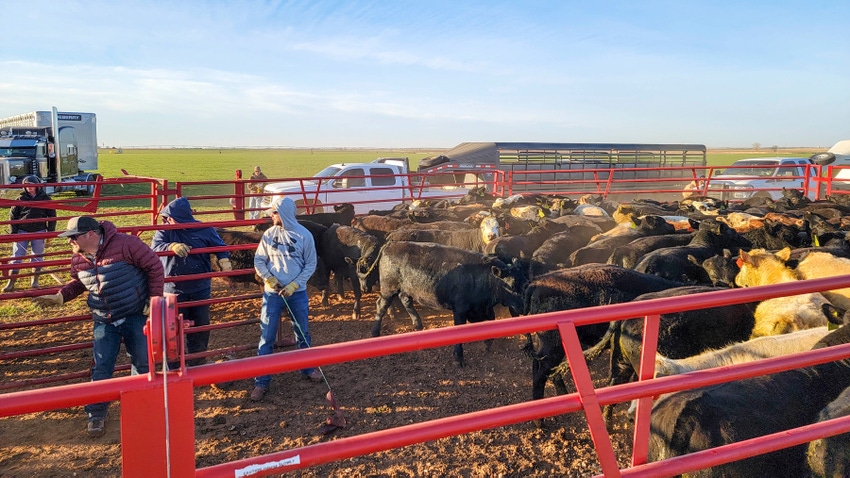Secret Factors to Consider When Picking Animals Threat Defense (LRP) Insurance Policy
When examining choices for Livestock Danger Protection (LRP) insurance coverage, a number of essential elements warrant mindful factor to consider to make certain efficient danger monitoring in the farming industry. Choosing the appropriate protection choices customized to your particular animals procedure is vital, as is recognizing how superior prices associate with the degree of protection used.
Insurance Coverage Options
When taking into consideration Livestock Danger Defense (LRP) insurance policy, it is necessary to understand the various protection alternatives available to reduce threats in the farming sector. Livestock Danger Protection (LRP) insurance offers various protection choices tailored to fulfill the varied requirements of livestock manufacturers.
One more important protection option is the recommendation duration, which figures out the length of time the coverage is in effect. Manufacturers can choose the endorsement duration that finest suits their manufacturing cycle and market problems. Furthermore, coverage degrees and rates vary based upon the sort of livestock being guaranteed, offering manufacturers the versatility to personalize their insurance coverage plans according to their specific demands.
Comprehending the different insurance coverage choices available under Animals Danger Defense (LRP) insurance policy is important for producers to make enlightened choices that properly secure their livestock operations from market unpredictabilities.
Premium Prices

Livestock Risk Protection (LRP) insurance provides important coverage alternatives customized to alleviate dangers in the agricultural sector, with a significant facet to think about being the estimation and framework of premium costs. These include the type and number of livestock being guaranteed, the insurance coverage degree selected, the present market costs, historic cost data, and the size of the coverage period.
Insurance providers examine historical information on animals prices and manufacturing prices to figure out an appropriate costs that shows the level of danger involved. It is important for livestock producers to meticulously evaluate premium expenses and insurance coverage options to ensure they are sufficiently shielded versus possible economic losses due to adverse market conditions or unexpected events.
Eligible Animals
The determination of eligible livestock for Livestock Danger Defense (LRP) insurance policy protection entails mindful consideration of certain criteria and characteristics. Livestock types that are normally qualified for LRP insurance include feeder cattle, fed cattle, swine, and lambs.
Feeder cattle, for instance, are typically qualified for LRP protection if they drop within specified weight arrays. Lambs are one more classification of livestock that can be taken into consideration for LRP insurance coverage, with elements such as weight and age playing an important duty in identifying their qualification.
Prior to selecting LRP insurance coverage for livestock, manufacturers should very carefully review the qualification criteria laid out by the insurance provider to ensure their pets meet the needed demands for protection.
Plan Adaptability
Plan flexibility in Animals Risk Defense (LRP) insurance permits producers to customize protection to match their certain needs and run the risk of management approaches. This flexibility encourages livestock manufacturers to customize their insurance policy policies based on aspects such as the type of see here now livestock they possess, market conditions, and private risk tolerance degrees. By providing personalized choices, LRP insurance policy allows manufacturers to efficiently handle their risk direct exposure while protecting their animals operations versus unforeseen market volatility.
Cases Refine
Upon experiencing a loss or damage, producers can launch the claims procedure for their Animals Risk Security (LRP) insurance by quickly calling their insurance policy copyright. It is critical for producers to report the loss as quickly as feasible to quicken the insurance claims procedure. When getting to out to the insurance supplier, producers will certainly need to offer thorough info concerning the occurrence, consisting of the date, nature of the loss, and any type of pertinent documents such as veterinary documents or market value.

After the assessment is full, the insurance coverage provider will certainly decide pertaining to the insurance claim and connect the result to the manufacturer. The manufacturer will get compensation according to the terms of their Animals Risk Security (LRP) insurance plan if the claim is accepted. It is important for manufacturers to be accustomed to the cases process to make certain a smooth experience in the event of a loss

Conclusion
In conclusion, when choosing Animals Risk Protection (LRP) insurance, it is necessary to take into consideration protection choices, premium expenses, eligible livestock, plan flexibility, and the cases procedure. These crucial aspects will help ensure that herdsmans and farmers are appropriately shielded versus prospective risks and losses related to their animals operations. Making an educated decision based upon these factors to consider can eventually lead to far better economic safety and satisfaction for animals manufacturers.
Livestock Threat Security (LRP) insurance coverage offers various protection options customized to satisfy the diverse demands of livestock manufacturers.The decision of eligible animals for Livestock Threat Security (LRP) insurance policy protection involves mindful consideration of specific requirements and qualities.Plan versatility in Animals Danger Protection (LRP) insurance policy allows manufacturers to tailor coverage to match their certain needs and take the chance of Our site administration techniques.Upon experiencing a loss or damage, manufacturers can launch the claims process for their Livestock Danger Defense (LRP) insurance policy by without delay calling their insurance service provider.In final thought, when selecting Animals Risk Protection (LRP) insurance coverage, it is crucial to think about insurance coverage choices, premium prices, eligible livestock, plan adaptability, and the claims process.